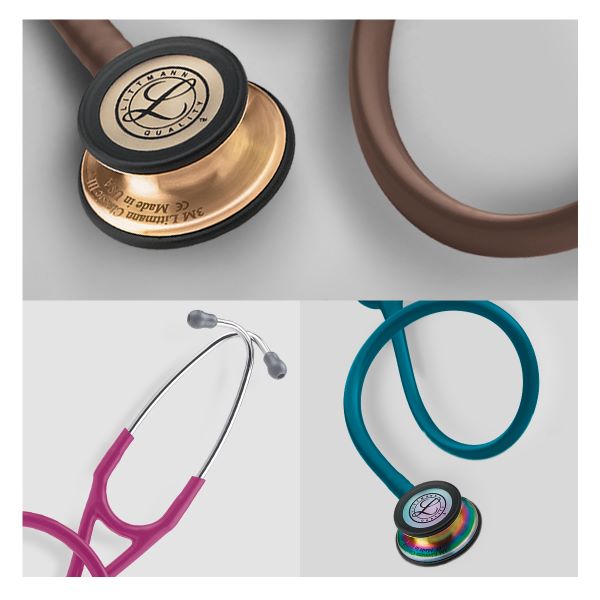What are the main types of stethoscopes? A Comprehensive Overview
May 27, 2023
By: Angela White

Stethoscopes are an essential tool in the medical profession, used for listening to the sounds produced by the human body. Over the years, stethoscopes have evolved to become more advanced and specialized, with various types of stethoscopes being used for different purposes.
In this article, we will take a closer look at the different types of stethoscopes available on the market.
1. Acoustic Stethoscopes
Acoustic stethoscopes are the most commonly used type of stethoscope in the medical profession. They are simple and affordable, consisting of a chest piece, tubing, and earpieces. Acoustic stethoscopes work by transmitting sound waves from the chest piece through the tubing and into the earpieces. Acoustic stethoscopes are available in different sizes and shapes, including pediatric, adult and cardiology stethoscopes.
2. Electronic Stethoscopes
Electronic stethoscopes are a newer type of stethoscope that uses advanced technology to amplify and enhance sounds produced by the body. They are equipped with a digital sound processor that amplifies and filters sounds, making it easier for the user to hear and interpret them. Electronic stethoscopes are especially useful for medical professionals who work in noisy environments or who have hearing impairments.
3. Fetal Stethoscopes
Fetal stethoscopes are used to listen to the heartbeat of a developing fetus. They are designed to be placed on the pregnant woman's abdomen and are shaped like a trumpet. Fetal stethoscopes are simple and affordable, making them an excellent choice for healthcare providers in low-resource settings.
4. Doppler Stethoscopes
Doppler stethoscopes are another type of stethoscope that is used to listen to fetal heartbeats. They work by using ultrasound waves to detect the heartbeat of the fetus. Doppler stethoscopes are particularly useful for obstetricians and midwives who need to monitor the health of a developing fetus during pregnancy.
5. Esophageal Stethoscopes
Esophageal stethoscopes are used to listen to the sounds produced by the heart and lungs by placing the stethoscope directly into the esophagus. They are typically used in critical care settings, where accurate and reliable information is essential for making treatment decisions.
6. Cardiology Stethoscopes
Cardiology stethoscopes are designed specifically for cardiology professionals, offering exceptional sound quality and acoustic sensitivity. They are typically more expensive than other types of stethoscopes and are designed to pick up the subtlest sounds produced by the heart and lungs.

Stethoscopes come in a wide range of types and models, each designed for different purposes. When choosing a stethoscope, it is important to consider your needs and the specific requirements of your profession.
Whether you are a pediatrician, cardiologist, or obstetrician, there is a stethoscope out there that is tailored to your needs. Ultimately, the most important thing when choosing a stethoscope is to ensure that it offers excellent sound quality and reliability, as these are the factors that will help you make accurate diagnoses and treatment decisions.
